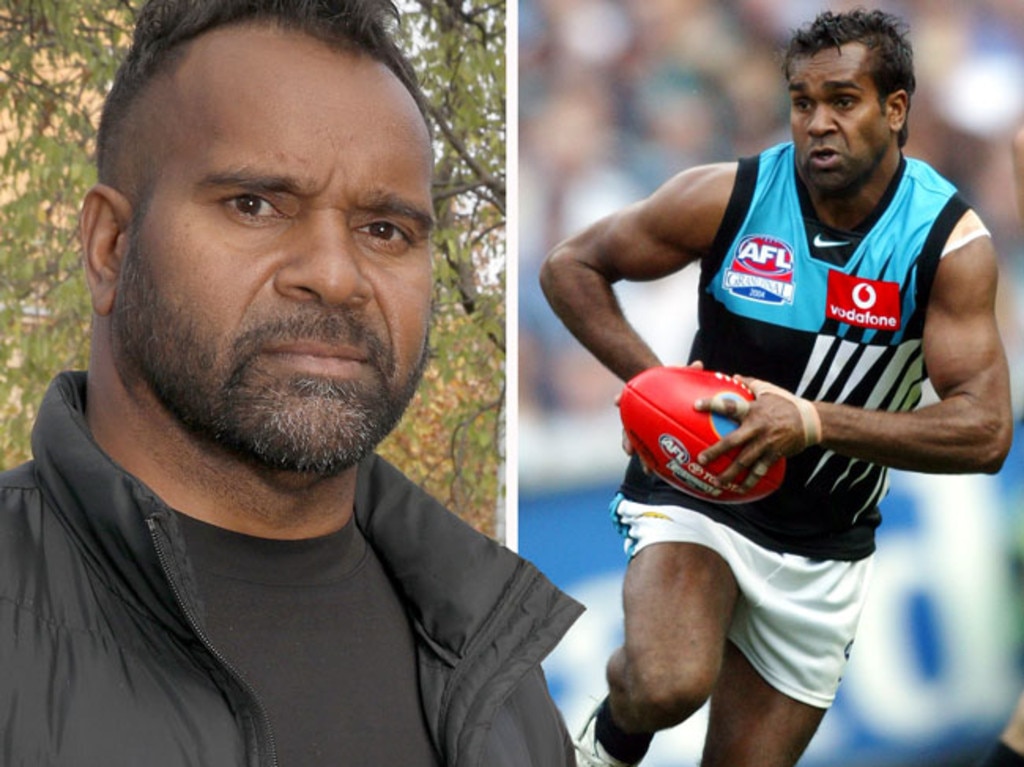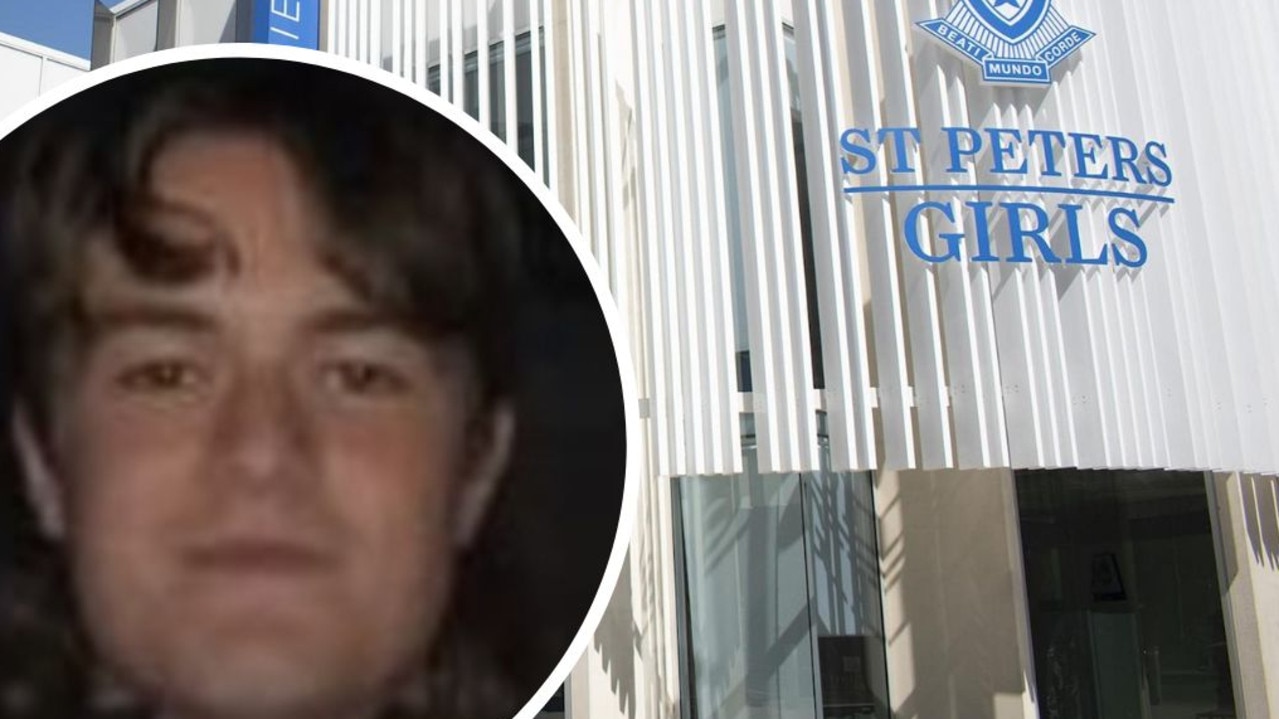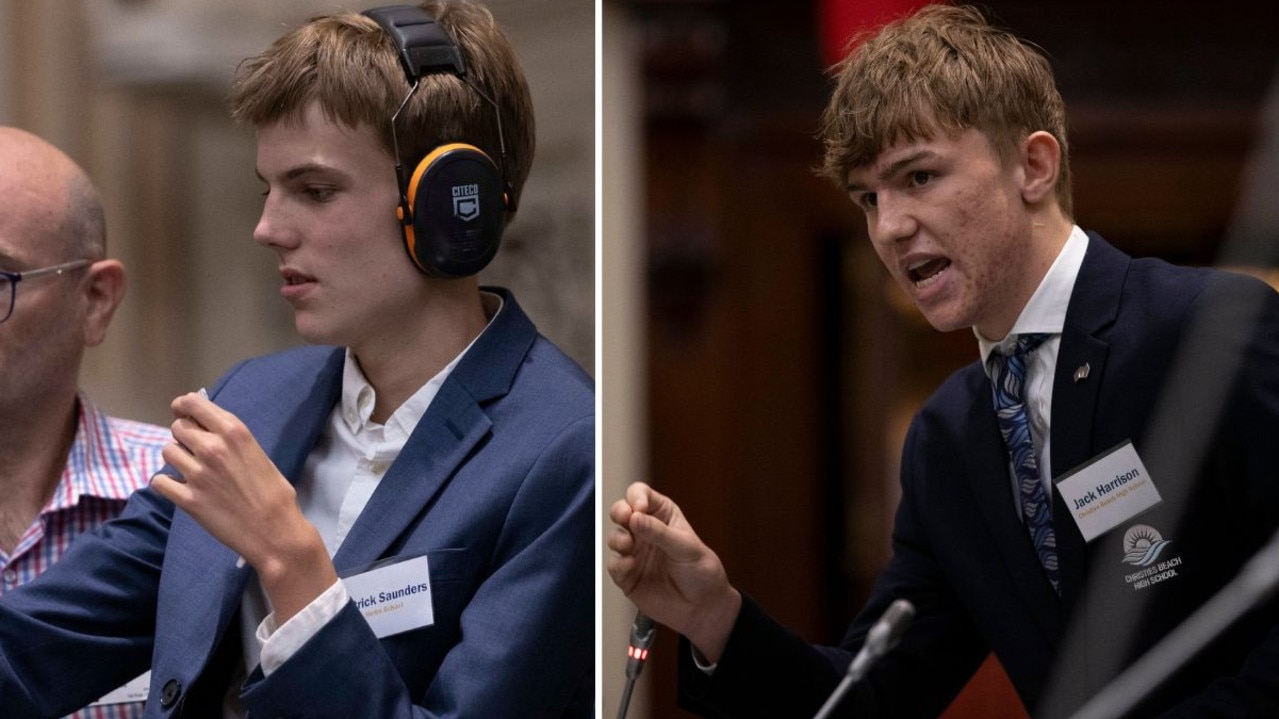Rosemarie is 54 and has never had a job despite applying for more than 500: SA’s long-term unemployment crisis laid bare
Rosemarie has applied for 500 jobs without success. She’s part of a mounting crisis of chronic long-term unemployment – and we’ve mapped the SA areas where the problem is worst.
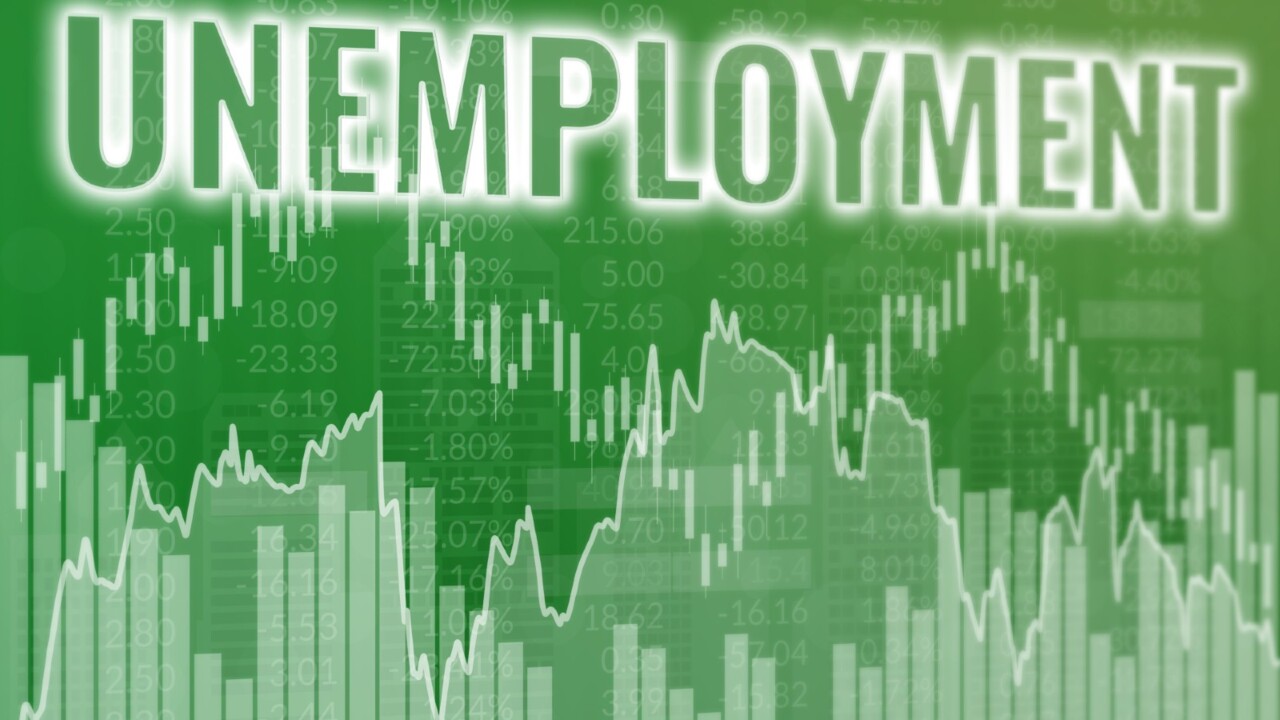
SA News
Don't miss out on the headlines from SA News. Followed categories will be added to My News.
An Adelaide job seeker is one of the country’s unluckiest women after being rejected for more than 500 jobs over decades as new figures reveal a rising unemployment crisis.
Northern suburbs grandmother Rosemarie Kulik, of Elizabeth, told of her sadness at being unemployed “all my life”, which she fears meant she is no longer a suitable candidate for a paid job.
“There’s not (many) jobs around that really suit me,” said Ms Kulik, a mother-of- one. “I’ve gone from out of school to a single parent pensioner and then onto Jobseeker now.”
Critics say Labor has failed to improve Australia’s unemployment problem despite overhauling the jobs program when it first came to office.
Despite critical worker shortages across the country, figures show a mounting jobs crisis, especially around Adelaide’s hardest hit northern suburbs.
Elizabeth is its epicentre where more than one in 10 residents are jobless.
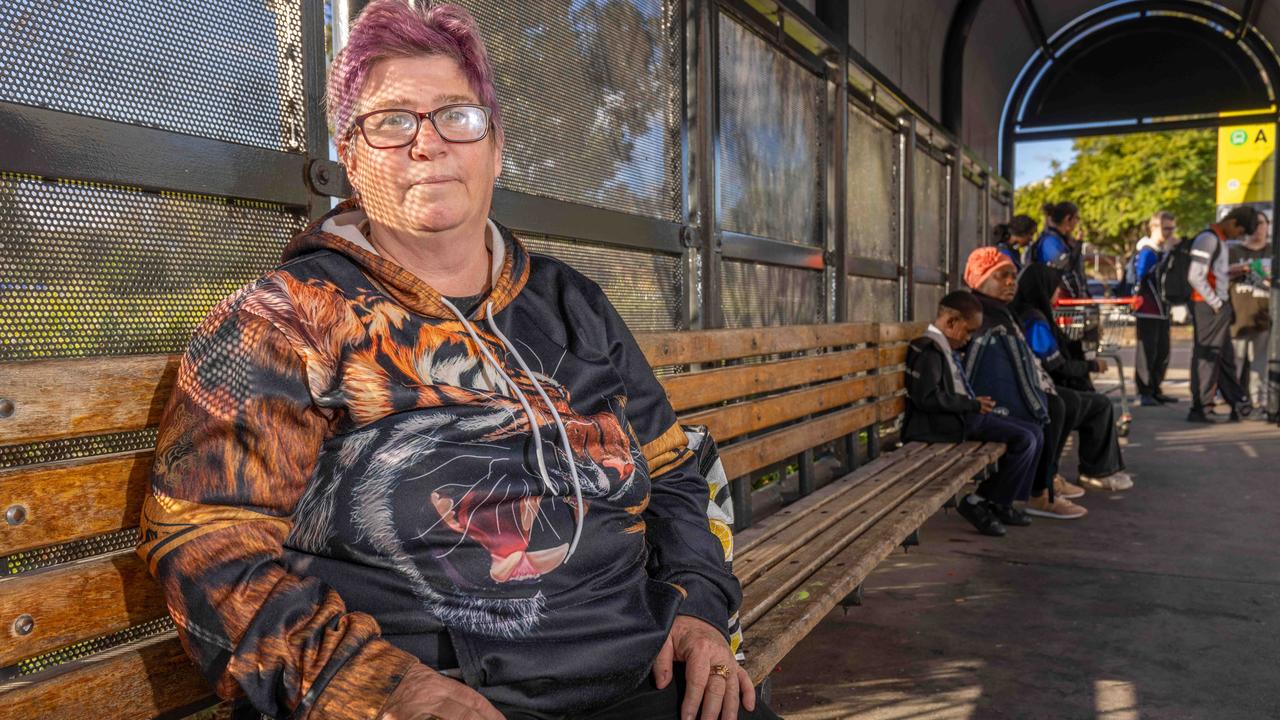
Ms Kulik, 54, is among 1395 Elizabeth-based residents currently receiving Jobseeker government benefits.
Another 175 residents get youth allowance payments.
Official figures show it has the highest rate of unemployment in Adelaide.
Nearly 12.5 per cent of the outer northern population receive Jobseeker Allowance, and a further 1.5 per cent of the suburb Youth Allowance.
Almost three quarters of the worst Adelaide areas where residents receive welfare payments are located in the northern suburbs.
The data reveals as of last month more than a million Australians are either paid the Jobseeker or Youth Allowance welfare payments. That is unchanged from when the Albanese government was elected two years ago.
More than 78,000 South Australians are signed up to either welfare scheme.
Jobseeker provides payments for people aged 22-66 who are either looking for work or are unable to work or study for a period of time.
In June 2022, new Employment Minister Tony Burke announced Australians would have “more choice and control … and more flexibility in how they choose to get job-ready”.
According to the Department of Social Services, almost 469,000 people receiving unemployment benefits are declared capable of working at least 30 hours per week.
The federal government data shows Smithfield, Salisbury, Elizabeth East, Davoren Park, Salisbury North and The Parks are the worst for welfare dependence.
In Adelaide’s south Christie Downs ranks third (8.34 per cent), while Hackham West is seventh (7.55 per cent).
Regionally, a similar north-south divide emerges.
Just over a quarter of the APY Lands population are on benefits followed by Coober Pedy (19 per cent), and the Far West coast (17 per cent). Whyalla, Port Augusta, Port Pirie and Ceduna fare little better at 7.2 per cent and 8.5 per cent of their residents.
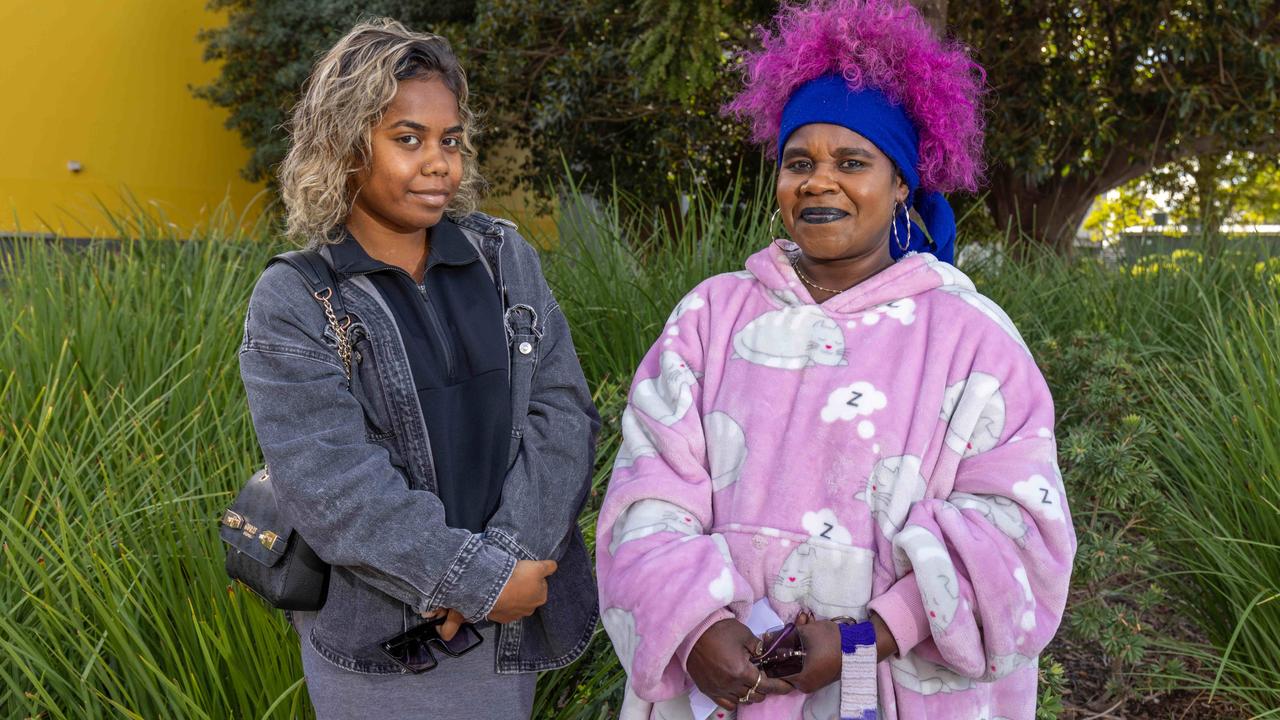
Speaking at Elizabeth City Centre this week, Ms Kulik – who has never held a driver’s licence – said not being able to drive made it harder when applying for jobs in cleaning, gardening, lawnmowing or retail.
She said she’s sought employment services help, searched online and tried handing her resume “face-to-face” at potential employers
She estimated she’s applied for “500-plus jobs” over the past 15 years. She has been on benefits for 33 years since she had her daughter aged 21.
“I’m not getting anywhere, they’re just not giving me a foot in the (door),” she said.
“If you’ve got someone that’s 20 going for a cleaning job, you’re going to employ them before you employ me.”
University graduate Josh, 26, of Davoren Park, has been job searching since graduating from an English and creative writing course more than six years ago. He believes the Covid- pandemic is to blame.
“At the moment I’m looking for anything in administration. My dream job would be working at a publishing house.” He is left dejected from employer silence but is seeking help from employment service, APM: “It’s been financially challenging. I manage my finances very well, so I do have the odd book to read.”
Mother of eight, Jennifer Vuata, 42, of Elizabeth, has also failed to gain employment despite searching for more than two years.
“Yesterday, my mom and my son, David, applied for like 50 jobs. It’s shocking,” she said.
She is seeking to gain more qualifications but her oldest daughter, Malia, 20 – who has an Aged Care and disability Certificate – has also found job hunting hard.
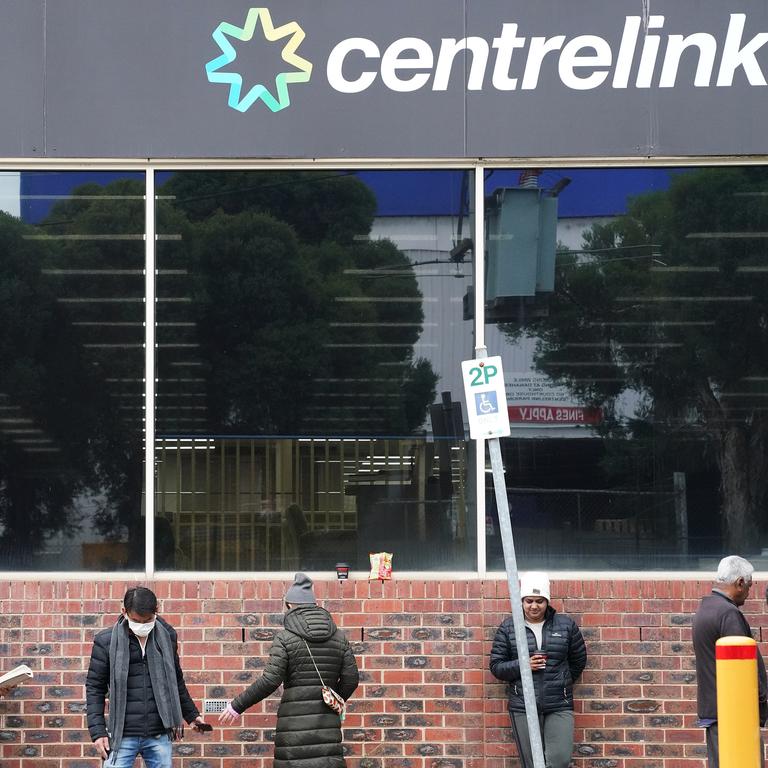
“Most of the time, they need people with experience, (usually at least) one year,” Maila said. “And plus they have special requirements like having a vehicle.” Ms Vuata said her family had tried applying “everywhere”.
“The more effort you put (into getting a job), you’re not even getting nowhere,” she said.
She is receiving single-parent support but Malia believes employment services were not helpful. “They just get you to come in and make another resume, another resume and it’s just the same thing, it’s just the same process,” she said. “If anything, they’re the only ones who’s getting (something) from you, you’re not getting anything out of it.”
When asked if his plan was failing, Mr Burke said “the government knows there are still many people who want to find a job”. “Labor wants an employment system that works to genuinely connect people to jobs and that employers want to meet their workforce needs,” he said.
“More than 820,000 jobs have been created since the Albanese Government was elected two years ago.
“Unemployment remains at historic lows.”
Mr Burke pointed to Labor’s “Real Jobs, Real Wages” plan which supports people experiencing long-term unemployment by offering a tapered subsidy to employers.
Jobseeker and Youth Allowance payments cost taxpayers $16 billion per year.
But federal Opposition Employment spokeswoman Michaelia Cash said the “best form of welfare is a job”.
“The Albanese government is not focused on getting Australians off welfare and into work,” she said. “They have spent the last two years undermining our system.”


